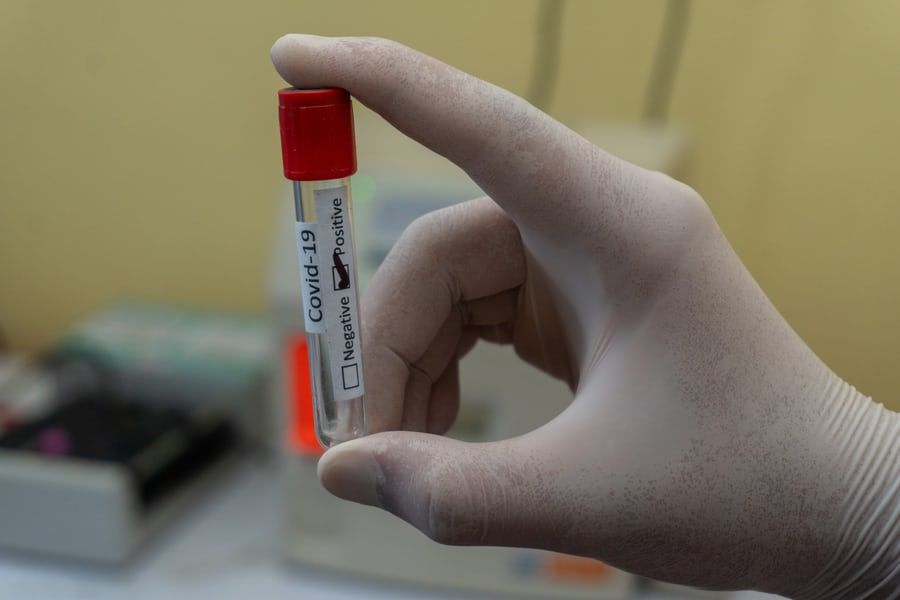Model Developed Estimates COVID-19 Test False-Negative Rate
Not every positive patient missed by PCR and antigen tests will be infectious to others.

Since June of 2020, the US Food and Drug Administration (FDA) has granted an Emergency Use Authorization to over 85 different viral DNA testing kits for the coronavirus disease 2019 (COVID-19) with varying levels of accuracy. Because of this, there is no gold standard to test for the virus and data with which to judge them is currently sparse.
Now, a team of investigators from the Beth Israel Deaconess Medical Center (BIDMC) has developed a mathematical model that can assess a tests’ false-negative rate, which may help to give some direction to which testing kits offer the best results. Results from the study were published in the journal Clinical Infectious Diseases.
"For getting back to business as usual, we all agree we've got to massively ramp up testing to figure out who's negative and who's infectious -- but that's only going to work optimally if you can catch all the positive cases," James E. Kirby, co-corresponding author on the study said. "We found that clinical sensitivities vary widely, which has clear implications for patient care, epidemiology and the social and economic management of the ongoing pandemic."
The team behind the study analyzed data from over 27,000 COVID-19 tests performed at Beth Israel Lahey Health hospital sites between March and May of 2020 and demonstrated that viral loads can be reported dependably. They then estimated the clinical sensitivity and false-negative rate of one of the best tests available.
After 5,000 repeat tests of individuals who were positive with COVID-19, the investigators determined that in about 10% of cases, a false-negative was given. After this, they calculated other testing kits limits of detection (LoD), which is defined as the amount of viral DNA detectable that a test will catch 95% or more of the time. The team found that an assay with a limit of detection of 1,000 copies of viral DNA per mL is expected to detect just 75% of patients with virus, providing 1 out of every 4 people with a false-negative.
Additionally, the investigators saw that 1 test which is available for use misses as many as 1 in 3 infected people, with another potentially missing up to 60% of cases.
"These results are especially important as we transition from testing mostly symptomatic individuals to more regular screening across the community," Ramy Arnaout, a co-corresponding author said. "How many people will be missed--the false negative rate--depends on which test is used. With our model, we are better informed to ask how likely these people are to be infectious."
